
New Yamaha Bike Spied: Is It The R15 V4 Or The R125? We Analyse
- Jul 23, 2021
- Views : 54052

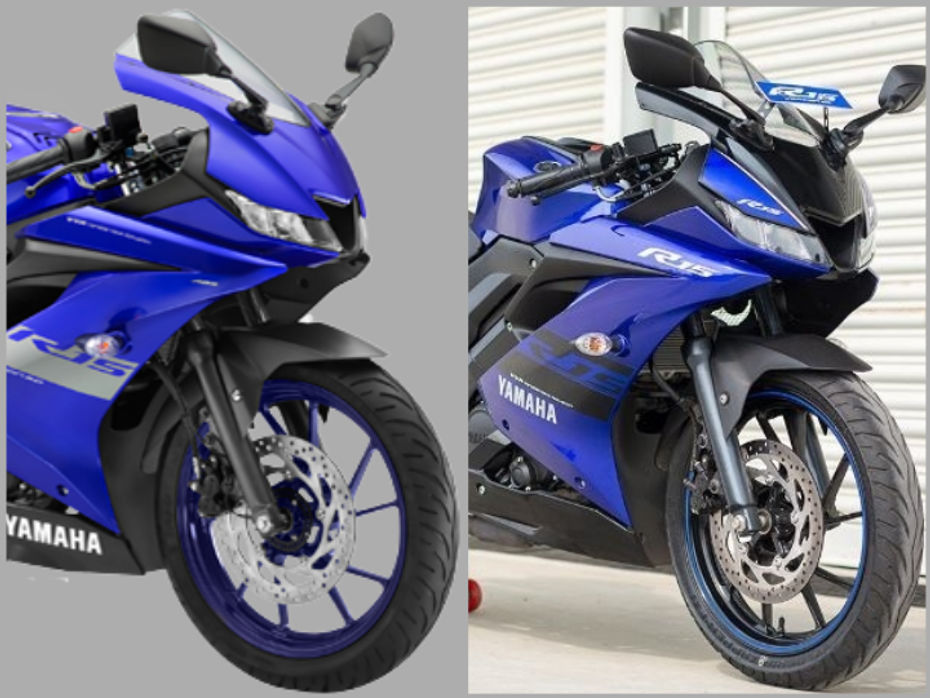
Yamaha’s YZF-R15 Version 3.0 has finally received updates to comply with the upcoming BS6 emission norms. The updated motorcycle comes exactly a month after the brand launched the BS6-compliant FZ Version 3.0 range. So how exactly is the newly-launched R15 different from its BS4 counterpart?
A slight drop in engine output:
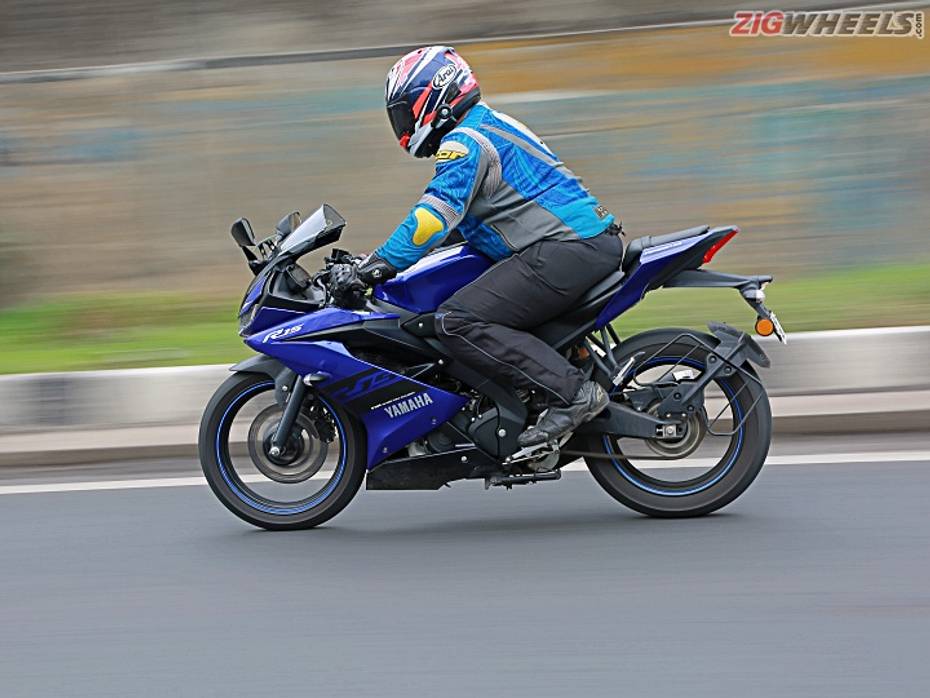
Like most new BS6 two-wheelers launched in the country, the need to comply with new emission regulations has taken a toll on the R15’s output figures. While some two-wheelers like the Yamaha FZ-S Version 3.0 have compensated the lack in power with a small bump in torque, others like the BS6 Apache RTR 200 4V have retained their peak power output while taking a hit in the torque department.
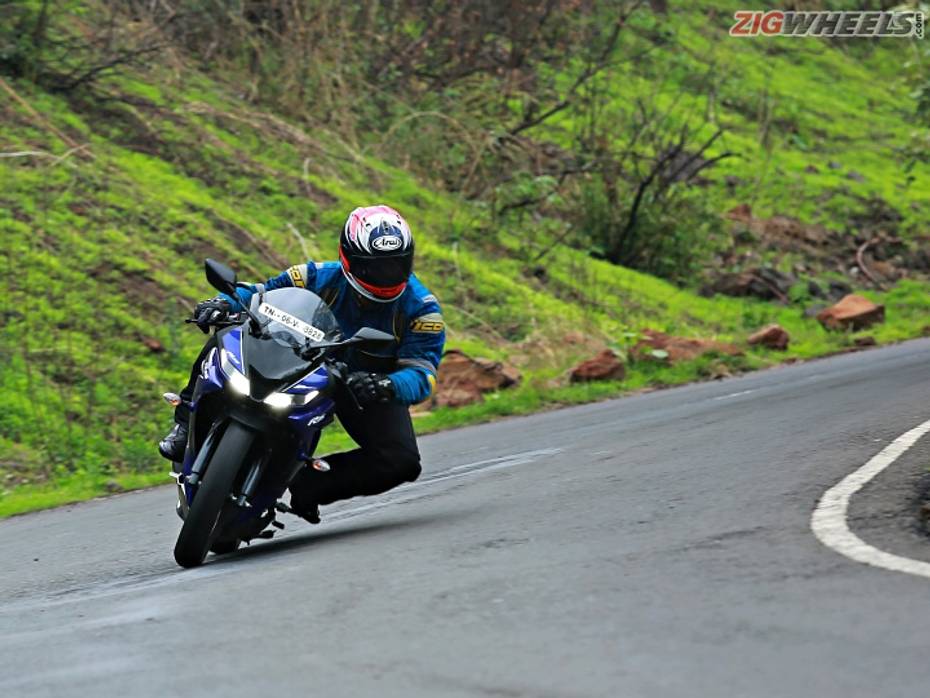
Similarly, the BS6 Yamaha R15 V3.0 also witnesses a change in the performance numbers, true to the leaked RTO documents which surfaced in October. With 18.6PS at 10,000rpm and 14.7Nm at 8500rpm, the BS6 R15 makes 0.7PS and 0.6Nm less than its BS4-compliant counterpart. That said, the BS6 bike makes the power and torque at the same rev range as the BS4 version. The 6-speed transmission with assist and slipper clutch has been retained too.
Apart from a new radial rear tyre, the rest of the underpinnings have remained untouched. The bike retains the same telescopic front fork-rear monoshock combo and the disc brakes on both ends continue to sport dual-channel ABS. Interestingly, the motorcycle’s weight has also remained unchanged, at 142kg kerb.
It gets new features:
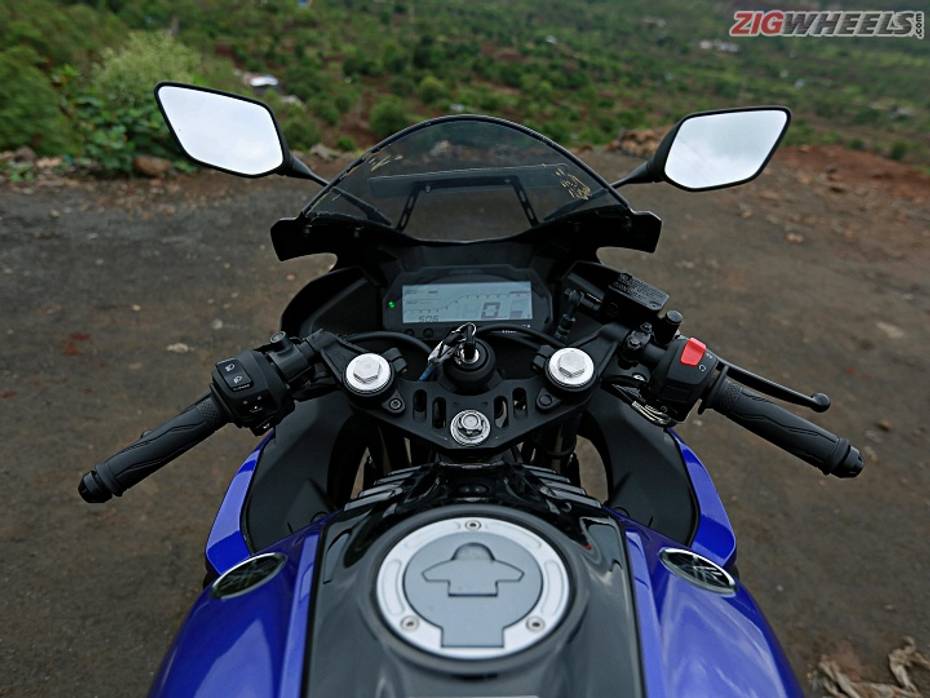
the automobile community
Most manufacturers have been offering a host of tangible features to offset any drop in performance. Honda has offered a number of interesting features like ACG silent starter, start-stop technology and real-time fuel efficiency in the BS6-Activa 125 whereas the BS6-compliant Apache RTR 200 4V comes with a LED headlamp, low-speed assist and smartphone connectivity as standard.
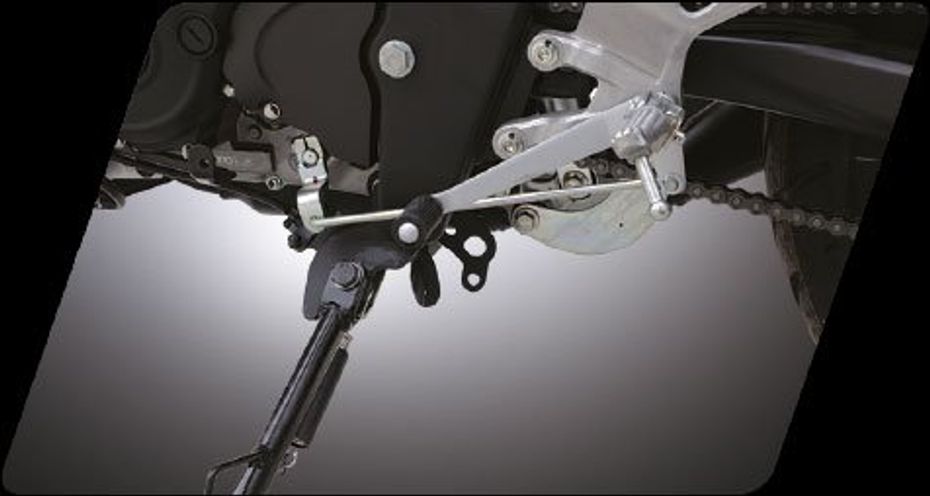
In the R15 V3.0’s case, the Japanese brand has offered a side-stand engine kill feature and a dual horn setup apart from the radial rear rubber mentioned before. In terms of cosmetic changes, the blue colour variant now gets blue alloy wheels instead of the black wheels with blue rim stickers seen in its predecessor. The graphics on the fairing in both the blue and grey colour options have gone through a slight redesign as well. Interestingly, the Darknight colour variant has remained unchanged.
While these minor updates justify the small hike in price (more on that in the forthcoming paragraphs), we wish Yamaha had offered some more tangible features. While Yamaha offers a USB port as an option, we’d have liked a smartphone pairing option just like the one on the recently-unveiled NMax 155 as well.
Going green comes at a cost:
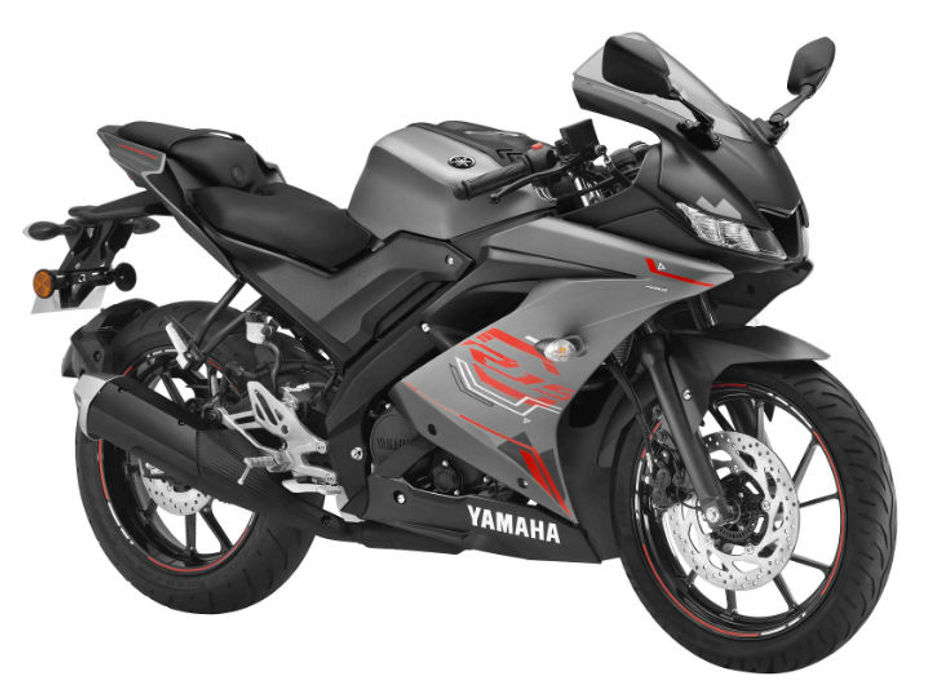
The BS6-compliant Yamaha YZF-R15 V3.0 is priced from Rs 1,45,300, which is an increment of Rs 4,420 over the BS4 model. For better understanding, check this out:
|
Colours |
BS6-compliant version |
BS4-compliant iteration |
Price difference (ex-showroom Delhi) |
|
Racing Blue |
Rs 1,45,900 |
Rs 1,40,880 |
Rs 5,020 |
|
Thunder Grey |
Rs 1,45,300 |
Rs 1,40,880 |
Rs 4,420 |
|
Darknight |
Rs 1,47,300 |
Rs 1,42,880 |
Rs 4,420 |
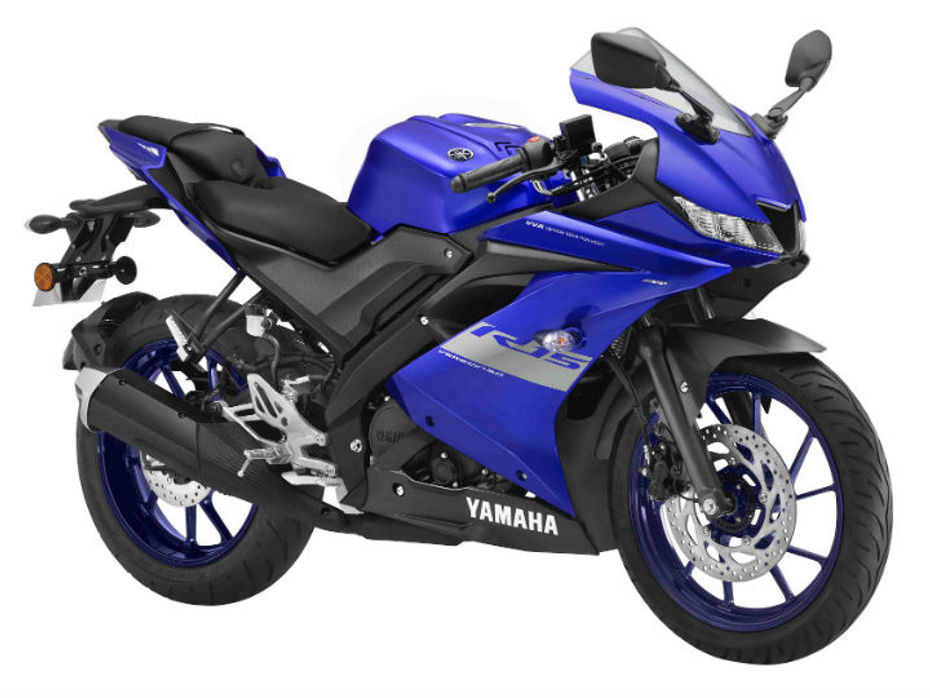
The Racing Blue variant commands a slightly higher premium than the rest because of the all-blue alloy wheels. Overall, the hike in price isn’t all that concerning for a BS6-compliant model. Moreover, Yamaha has (sort of) made up for it with a bunch of nifty features, ensuring it still remains a decent deal.
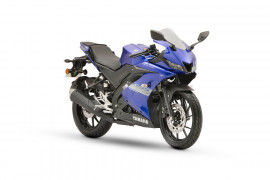

New Yamaha Bike Spied: Is It The R15 V4 Or The R125? We Analyse

The Yamaha R15 Is Faster Than This 250cc Chinese Bike!

The Yamaha R15 Has Had An Affair With A Moped

This Yamaha R15 v3-based Moped Is A Sharpshooter

Yamaha YZF-R15 v3.0 vs KTM 125 Duke & Battle of Sporty Beginner Bikes

Yamaha R15 V3.0 vs Aprilia RS 150 vs Bajaj Pulsar RS200: Spec...

Yamaha R15 V4 vs Other Faired Bikes - Specifications Compared

Yamaha YZF-R15 V4 vs Bajaj Pulsar RS200: Specification Comparison

Bajaj Pulsar RS200 vs Rivals: ZigWheels Comparison Video

Bajaj Pulsar RS200 vs Yamaha R15 version 2.0 vs Honda CBR 150R Spec ...
 TVS Apache RTR 200 4V
TVS Apache RTR 200 4V
 Yamaha FZ 25
Yamaha FZ 25
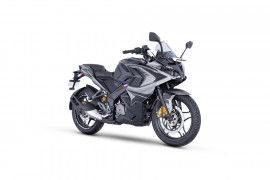 Bajaj Pulsar RS200
Bajaj Pulsar RS200
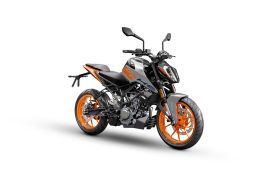 KTM Duke 200
KTM Duke 200
 Bajaj Pulsar NS200
Bajaj Pulsar NS200
India's largest automotive community